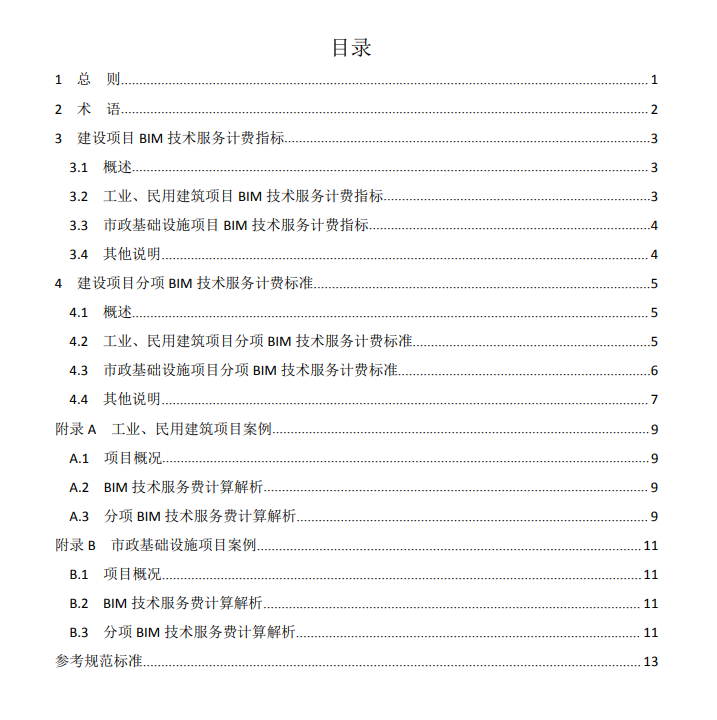Feng Shui, as an important branch of traditional Chinese philosophy, has always influenced people’s choices of living environments and architectural design. It emphasizes the harmonious coexistence between humans and nature, and pursues the balance of the energy field and the flow of energy. This article will explore the relationship between feng shui and architectural design, and explore how to design living spaces that conform to the concept of feng shui, in order to create an auspicious and harmonious living environment..
1、 The core concept of feng shui.
Feng Shui believes that the energy in the environment has a profound impact on human fortune. It pursues the flow and accumulation of “qi”, believing that qi is the source of life, and a good qi field can bring auspiciousness and happiness. Therefore, in architectural design, we should focus on creating a good airflow and atmosphere field..
.
2、 The combination of architectural design and feng shui.
In architectural design, feng shui is closely related to the form, layout, materials, and colors of buildings. Here are some design points that combine feng shui concepts:.
.
1. Direction selection:.
According to feng shui theory, different orientations have different impacts on a person’s fortune. Choosing the appropriate building orientation can utilize the energy of the geomagnetic field to enhance the fortune of residents..
.
2. Layout planning:.
The internal layout of a building should focus on dynamic and static zoning, functional zoning, and smooth airflow. Avoid designing overly winding corridors to maintain smooth airflow..
.
3. Door and window settings:.
Doors and windows are the entrances and exits of buildings, as well as the main channels for air flow. Reasonably setting the position of doors and windows can guide airflow into the building while avoiding the impact of adverse airflow..
.
4. Material selection:.
The selection of building materials should consider environmental adaptability and energy transfer. For example, wood material has a soft and warm energy, making it suitable for resting spaces such as bedrooms..
.
5. Color application:.
Color has a significant impact on a person’s emotions and fortune. In architectural decoration, selecting appropriate color combinations can create a positive and upward atmosphere..
.
3、 The practical application of feng shui design.
In practical design, feng shui design can be applied to different types of buildings such as residential buildings, offices, and shopping malls. Here is a simple application case:.
.
Case: Residential Feng Shui Design.
1. Direction selection:.
Choosing a north-south orientation is beneficial for lighting and ventilation, while also complying with the auspicious orientation in feng shui theory..
2. Layout planning:.
Reasonable layout of functional areas such as the living room, dining room, and bedroom ensures interaction among family members and the need for private space..
3. Door and window settings:.
The doors and windows of the living room and bedroom are set in auspicious positions to introduce indoor airflow and avoid the impact of adverse airflow..
4. Material selection:.
Using wooden flooring to transmit soft and warm energy, creating a comfortable and livable environment..
5. Color application:.
The living room is mainly designed with warm colors to create a warm atmosphere; The bedroom is mainly in light tones, which helps to relax and rest..
The combination of feng shui and architectural design is not only a traditional philosophical idea, but also a pursuit of harmonious and auspicious living concepts. By understanding the principles and design points of feng shui, we can create architectural spaces that are both beautiful and livable. Whether you are an architect, designer, or ordinary resident, you can benefit from the combination of feng shui and architectural design,.


